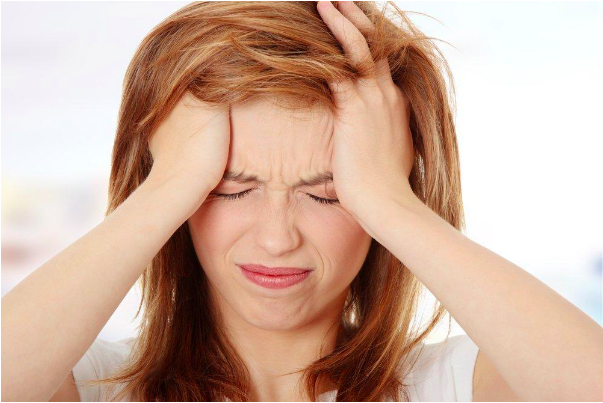Have you ever experience a server and recurring headaches? If yes, it may be a symptom of migraine. It’s a disease that results in severe headaches and a series of uncomfortable experiences.
However, like most brain disorder, migraine also occurs in multiple stages. The pain you feel may not be the attack; it may be the initial stage or the second stage. If you can find out which stage you are going through, you can use the adequate measure to prevent or at least reduce the problem. The one good way to do it is by observing the symptoms.
Have a look at the following to find out the symptoms and treatment of each migraine stage.
Stage 1- Prodrome
Prodrome, also known as the pre-headache migraine stage marks the beginning of the migraine problem. The main symptom of this stage varies from person to person, but they generally include:
- Constipation
- Mood swings and irritation
- Food craving
- Stiffness in neck
- Increased yawning frequency
- Irregular urination cycles
- Increased thirst
Sometimes you may also feel depression, sensitivity to light, insomnia, nausea, and sensitivity to sounds.
Prevention And Treatment
At this phrase, it is best if you try to minimize the stress level and regulate your daily routine. You have to reduce alcohol and practice relaxing activities like meditation or relaxation therapy. It is also ideal to contact Dr. Cabin of The Migraine Institute in your area for assistance.
Stage 2- Aura
Aura stage occurs when the migraine start s to affect the nerves of the brain. It is the indication of changing neural changes in the cortex of your brain. It usually causes vision problems like blurry vision, blind spots in eyes, flashing or shimmering in lights, the appearance of patterns and vision losses.
Sometimes you may also experience numbness, dizziness, vertigo, fear, and confusion. In the worst cases, Auras can also result in partial paralysis or fainting.
As for the duration of this stage, it can last anywhere between 5 minutes to 60 minutes. Another thing that you should know about Aura is that it can occur before the headaches, with the attack or not at all.
Prevention And Treatment
There is no way to stop it once it starts. Therefore, if you ever experience an aura, try to stay in a quiet, dark room and use cold compressions or pressure on the affected areas. You can also take some pain relievers like aspirin, acetaminophen or a non-steroidal anti-inflammatory drug like ibuprofen.
Once it passes, immediately visit a professional at the migraine institute which is nearest to your place.
Stage 3- Attack
The attack stage of migraine is the phrase when you start to feel pain on the sides of your head. The severity of this pain differs from person to person, depending on the triggers. However, in most cases, the pain is very severe and unbearable. The situation gets even worse if the pain starts to move from one side of the head to the other side, or start from one part and then spread to the other half.
Apart from the pain, you may also experience vomiting, nausea, and sensitivity. Even the familiar sound and light will trigger the sensation of anger and frustration. The worst part about this attack is that it can last up to 72 hours without treatment and can occur at any time.
Prevention And Treatment
The best thing to do for avoiding this painful experience is to take proper precaution and use preventive medication. Once it is there, all you can do is to take some pain relievers and consult a professional as soon as possible. Some sleep and relaxation activities may also come in handy for reducing the effects.
Stage 4- Postdrome
The postdrome is like the hangover of a migraine attack. In this phase, you feel drained and washed out of energy. The symptoms are very similar to the first stage just mirrored. Like if you lost sleep in the early stage, now you will feel sleepy, or if you felt tired, now you will feel full of energy.
Prevention And Treatment
This stage is a recovery phase, and you don’t need as any special treatment for it. Just try to stay calm, hydrated and take some rest. The symptoms will pass away within 24 hours.
The Final Words
You can avoid the long-term damages of migraine by detecting it at the early stage. So get a proper diagnosis and treatment as soon as you notice any sigh of it. If you have a history of headaches, keep a record of the patterns and consult a doctor if there is a change in it.



















